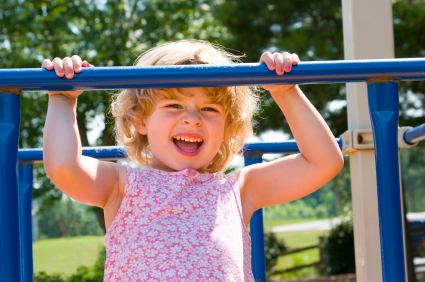 Children’s behaviour …. One of the world’s most interesting phenomenon. It has been researched for decades, there are many ‘causes’ that have been identified, parenting styles have changed over the years because of this research and more and more children are displaying ‘challenging behaviours’ which require medical attention and support.
Children’s behaviour …. One of the world’s most interesting phenomenon. It has been researched for decades, there are many ‘causes’ that have been identified, parenting styles have changed over the years because of this research and more and more children are displaying ‘challenging behaviours’ which require medical attention and support.
People say its our diet, our environment, technology, parents are too busy, children are placed in child care for too long, the extended family is no longer the support unit. So, if all this is true… where does it leave children and their families and us, as educators?
Children’s behaviour can be challenging, however we need to be aware of what is age appropriate, what is learnt behaviour, what may be behaviour of concern and what behaviours are evident because of our environment. An 18 month old who bites another child on a daily basis is a challenge… yes!
Age Appropriate Behaviour
However this is an age appropriate behaviour. At this age the child has limited vocabulary to express their needs, emotions and frustrations. They are sensory learners and extremely egocentric, where the world revolves around them… so it is common that a child will bite at this age and we understand why. Our strategies will include supporting the child’s language, encouraging social interaction, providing enough resources and engaging with the children at all times in an effort to prevent such behaviours.
![iStock_000015460125Small[1]](http://earlyyearstraining.com.au/wp-content/uploads/2011/04/iStock_000015460125Small1.jpg) However what happens if the child who bites is 4 years old? When the child has age appropriate language skills, can express their feelings verbally. However, they will use physical means to get their way such as biting, hitting, pushing etc. These behaviours are not only challenging but they now become a concern, because of the child’s age. How do we deal with these behaviours? What do we consider? Is it the parent’s discipline style? Is it a cultural issue? Are there other developmental or health concerns?
However what happens if the child who bites is 4 years old? When the child has age appropriate language skills, can express their feelings verbally. However, they will use physical means to get their way such as biting, hitting, pushing etc. These behaviours are not only challenging but they now become a concern, because of the child’s age. How do we deal with these behaviours? What do we consider? Is it the parent’s discipline style? Is it a cultural issue? Are there other developmental or health concerns?
In Environment a Factor?
As we explore these options, do we ever consider our teaching environment? Does our environment enable children to express themselves freely? Do we discuss feelings openly? Do children have enough time to engage with experiences without being told to pack away?
Are experiences meaningful and purposeful enticing children to become engaged? Do we, as educators become deeply involved with the experiences and activities with children or are we too busy? Is your room visually chaotic and cluttered?
These are all very significant factors that impact upon the child’s behaviour and as educators it is up to us to ensure our learning environment supports children’s learning, development and behaviour rather than exacerbate it.
Leave a Reply